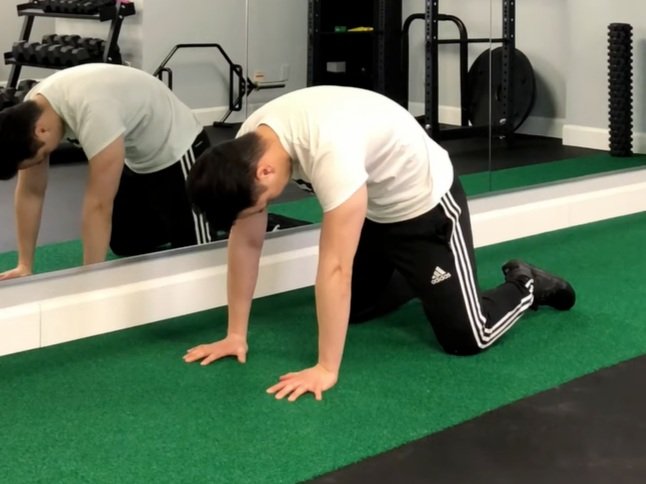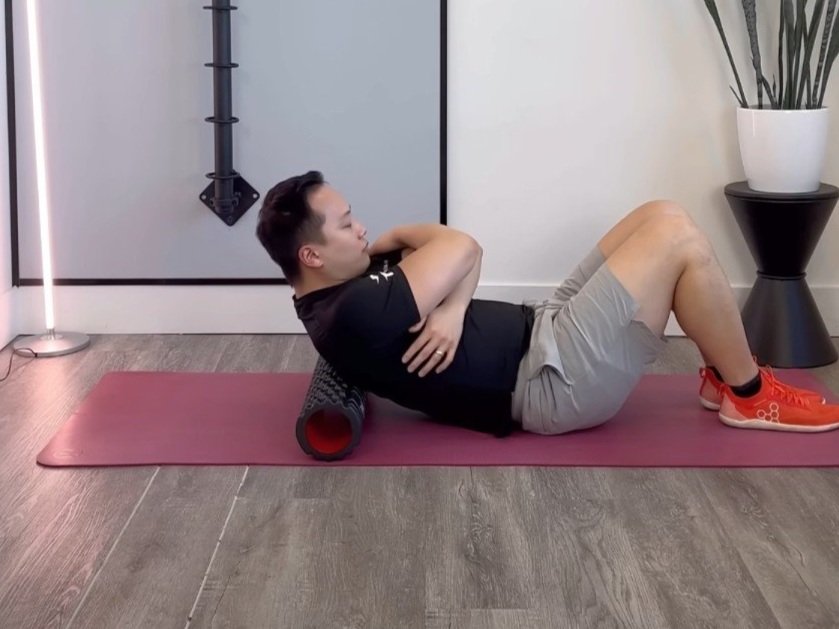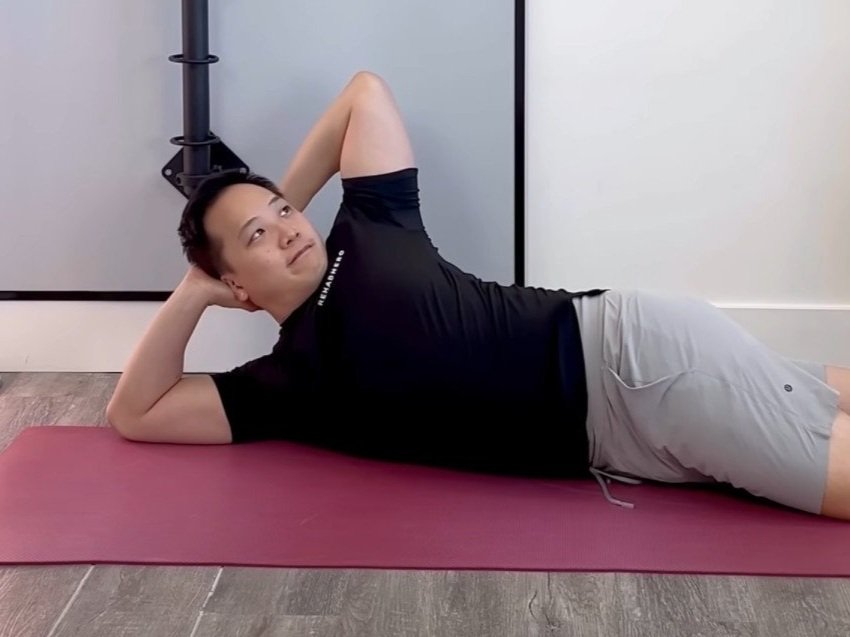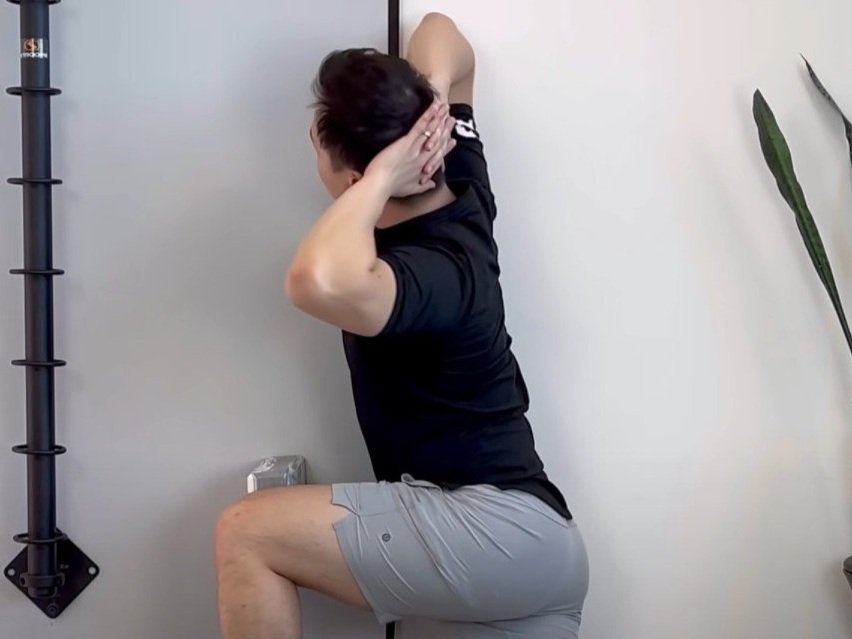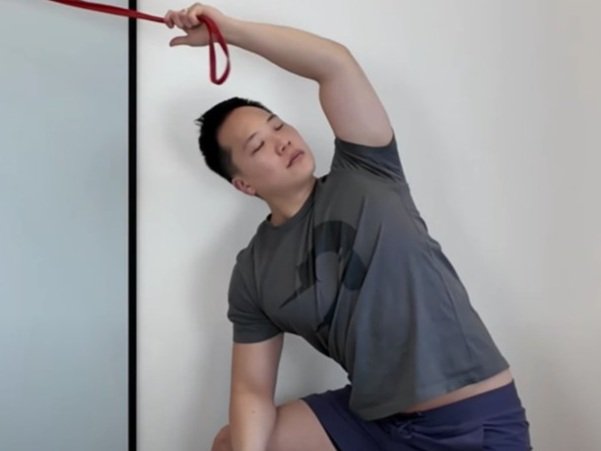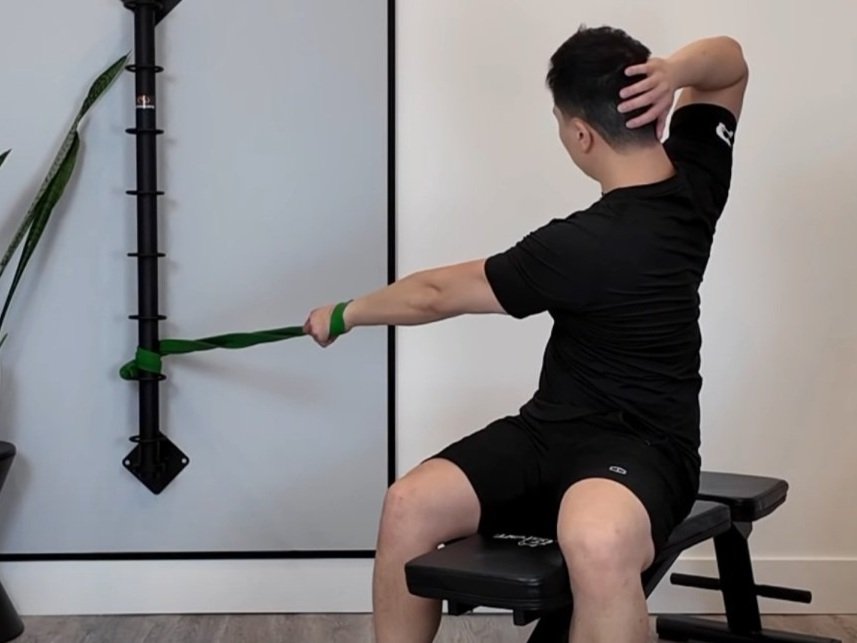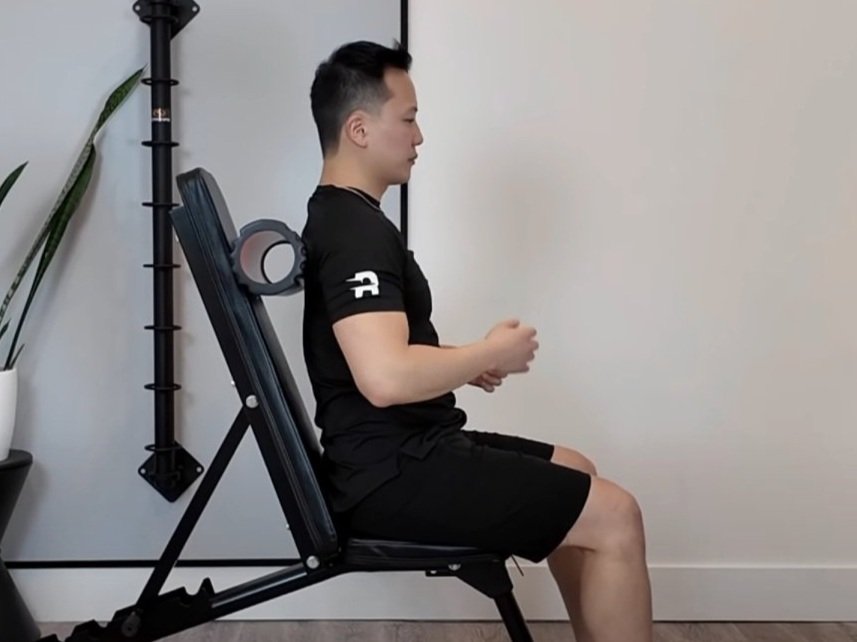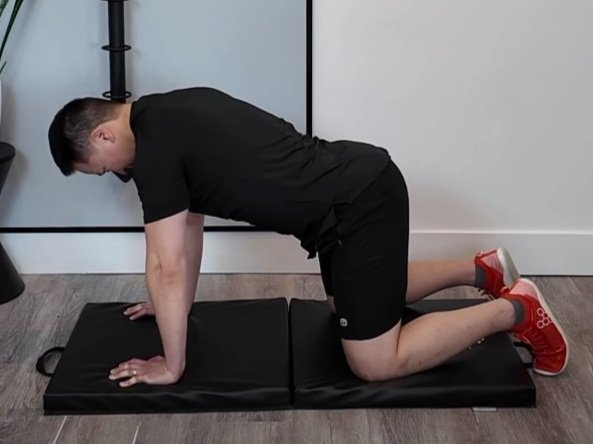T4 Syndrome
What is T4 Syndrome?
How an upper back condition can cause hand and arm pain.
What is T4 Syndrome?
T4 Syndrome is a term that was coined in 1986 to describe a rare pattern of symptoms. The symptoms are the result of autonomic dysfunction of the upper thoracic spine and typically occur following acute trauma. This dysfunction results in symptoms at the site of injury, either arm, and occiput. This condition can technically involve any thoracic spine level that has sympathetic innervation.
How does T4 Syndrome occur?
It is currently proposed that entrapment or ischemia of the sympathetic nerve causes symptoms as a result of degenerative changes (osteophytes) of the thoracic spine or ribs. Aside from local trauma, it is possible that extreme or persistent postures can lead to relative ischemia, resulting in a repetitive strain injury with sympathetic symptoms. This may occur possibly due to spondylotic or osteochondrotic lesions of T2-7 vertebrae causing autonomic symptoms.
What are the Signs and Symptoms of T4 Syndrome?
T4 syndrome can be the cause of chest pain, interscapular aching, neck pain, pain in forearms or arms, and low back pain. Pain is commonly reproducible with prolonged posterior to anterior pressure on the thoracic spine during palpation.
The pain can be unilateral or bilateral (worse on one side). The character of pain is typically described as paresthesia, clumsiness, heaviness, swollen, or coldness/hotness in hands or distal upper extremities. Patients often describe the pain as a crushing pain or like a tight band. The pain is often worse at night.
Signs include allodynia, hyperalgesia, and sensitivity to skin rolling over hypomobile segments. Patients may also experience occipital headaches. Myofascial trigger point referral from the upper trapezius may also be reproduced.
Physical examination will reveal decreased light touch and pin prick over the posterior scalp, lateral neck, and involved shoulder. Patients may also have decreased proprioception during the tuning fork vibration test. Additionally, decreased grip strength can be measured with a dynamometer.
Which treatments can help T4 Syndrome?
T4 syndrome is managed with conservative treatment. Spinal manipulation by a chiropractor to the thoracic spine (specifically the T4 vertebrae) can help to alleviate symptoms to provide short term pain relief. Thoracic spine mobilizations provided by your physiotherapist or massage therapist can also help with maintaining joint range of motion and the reduction of symptoms. . Active therapy in the form of stretches, strengthening exercises, and postural exercises can help to promote short and long term pain relief.
To book in an appointment for the assessment of and treatment of T4 syndrome click the button below:
What level of evidence is there for T4 Syndrome?
Generally, the level of evidence for T4 syndrome and treatments are of low quality. Due to this it is important to rule out neurological or cardiac conditions, lower cervical nerve root lesions, carpal tunnel syndrome, and thoracic outlet syndrome as differential diagnosis. This diagnosis is also a diagnosis of exclusion. This means that all other diagnosis must be ruled out in order to make a T4 syndrome diagnosis. Lastly, T4 syndrome may not be a separate entity but a set of signs and symptoms associated with other clinical presentations.
Which exercise can help T4 Syndrome?
In general thoracic mobility exercises can help with alleviating pain caused by T4 syndrome. The intention is to reduce local ischemia of the sympathetic nerve plexus by promoting preferential movement of the thoracic spine in the short term, with the intention of re-introducing aggravating movements when tolerable in the long term. An example of a thoracic spine mobility exercise in flexion and extension is the Cat Camel exercise.
A thoracic mobility exercise in rotation is the Thread the Needle exercise:
Postural exercises may also help to reduce ischemia of the sympathetic nerve plexus by promoting movement in the opposite direction. This may help to reduce postural strain and reduce symptoms by de-loading overworked tissues. An example of this is the Banded Chin Tuck exercise:
For more specific exercises to your personal experiences, book in an appointment with a Rehab Hero specialist by using the button below:
Written By:
Dr. David Song, Chiropractor, Rehab Coach
References
Karas S, Pannone A. T4 Syndrome: A Scoping Review of the Literature. Journal Of Manipulative And Physiological Therapeutics [serial on the Internet]. (2016, Nov 22), [cited May 14, 2018]; Available from: ScienceDirect.
https://www.physio-pedia.com/T4_Syndrome


